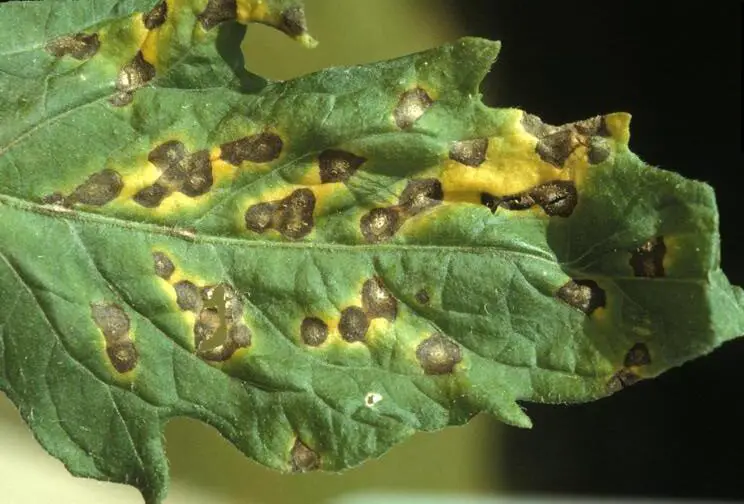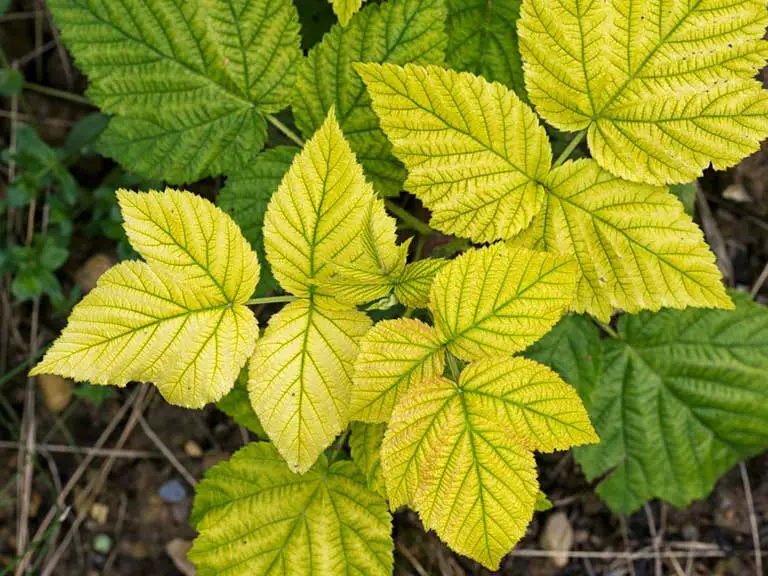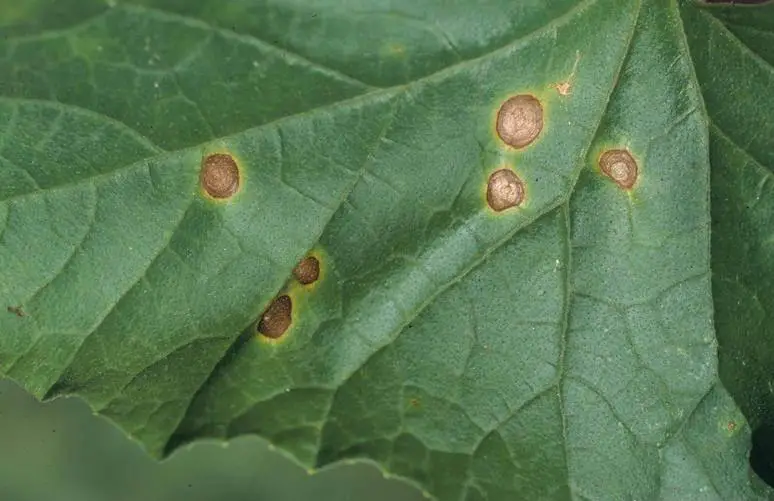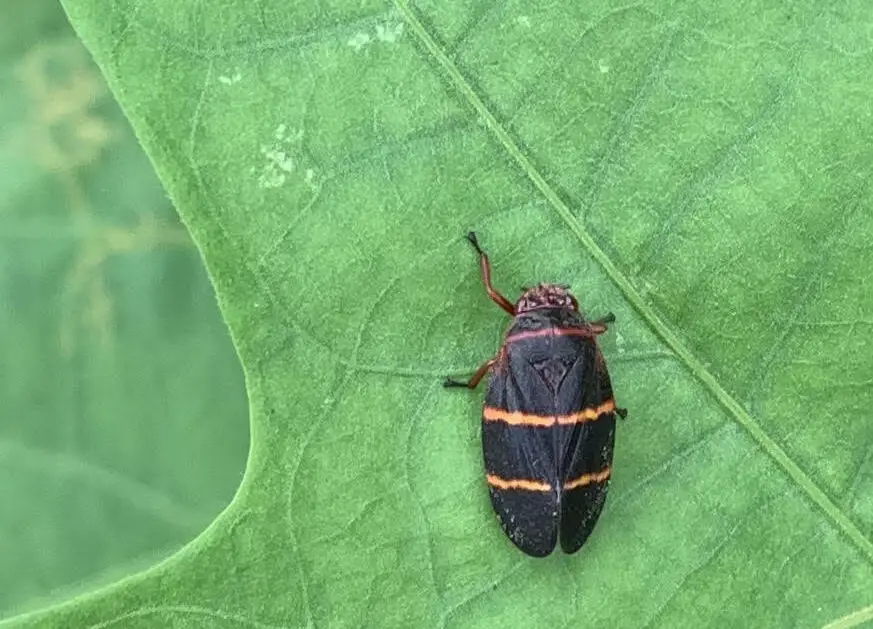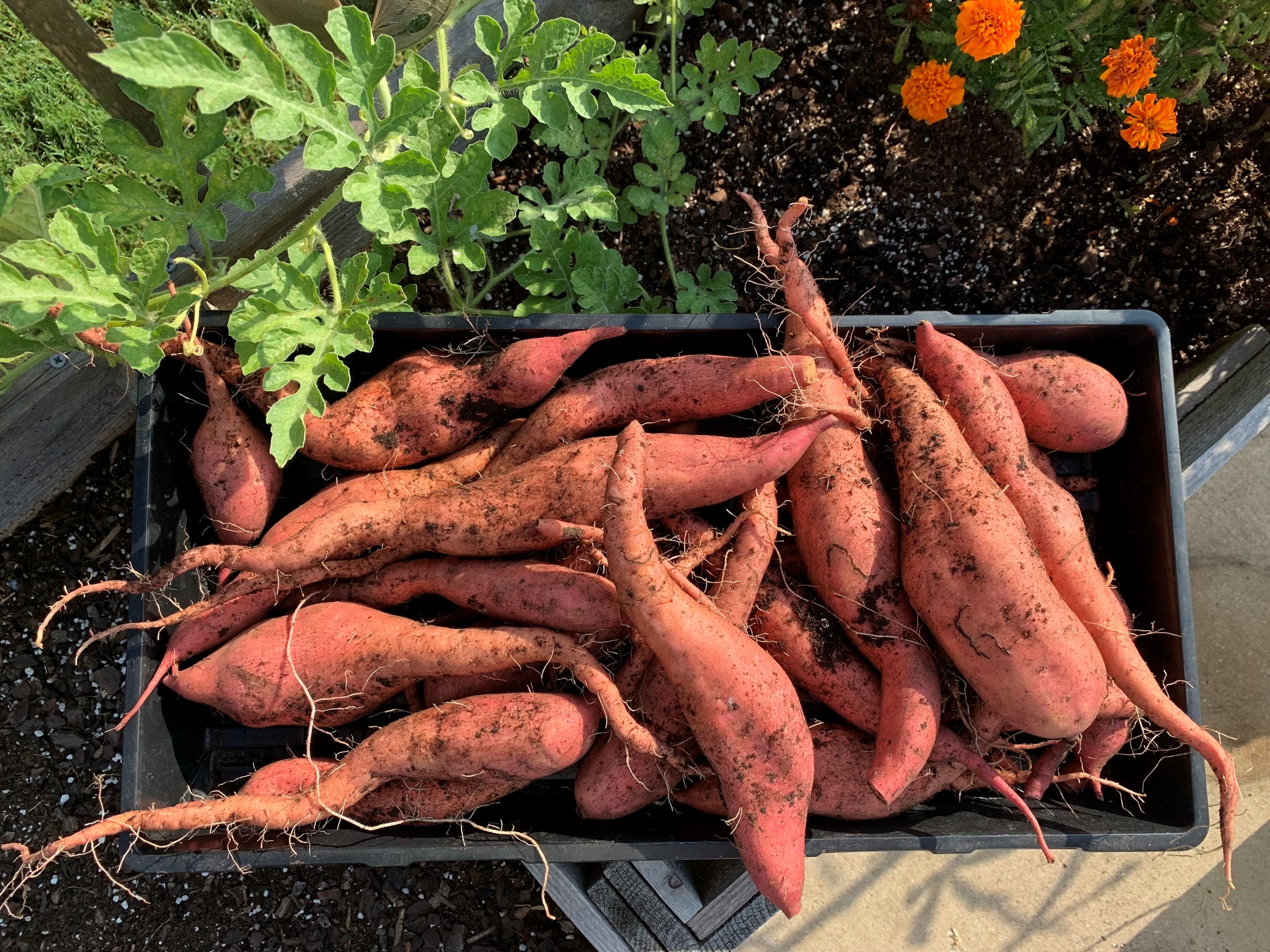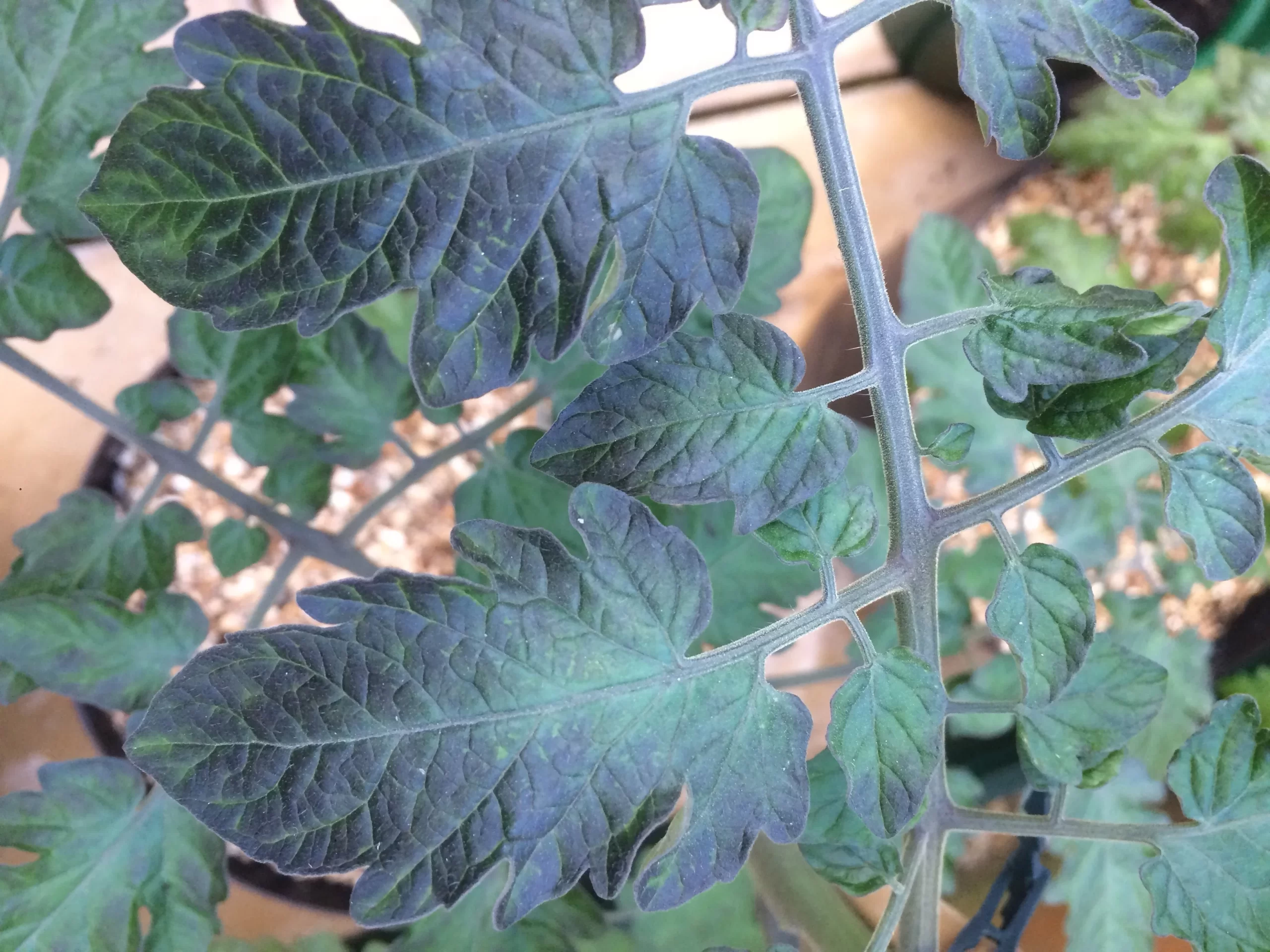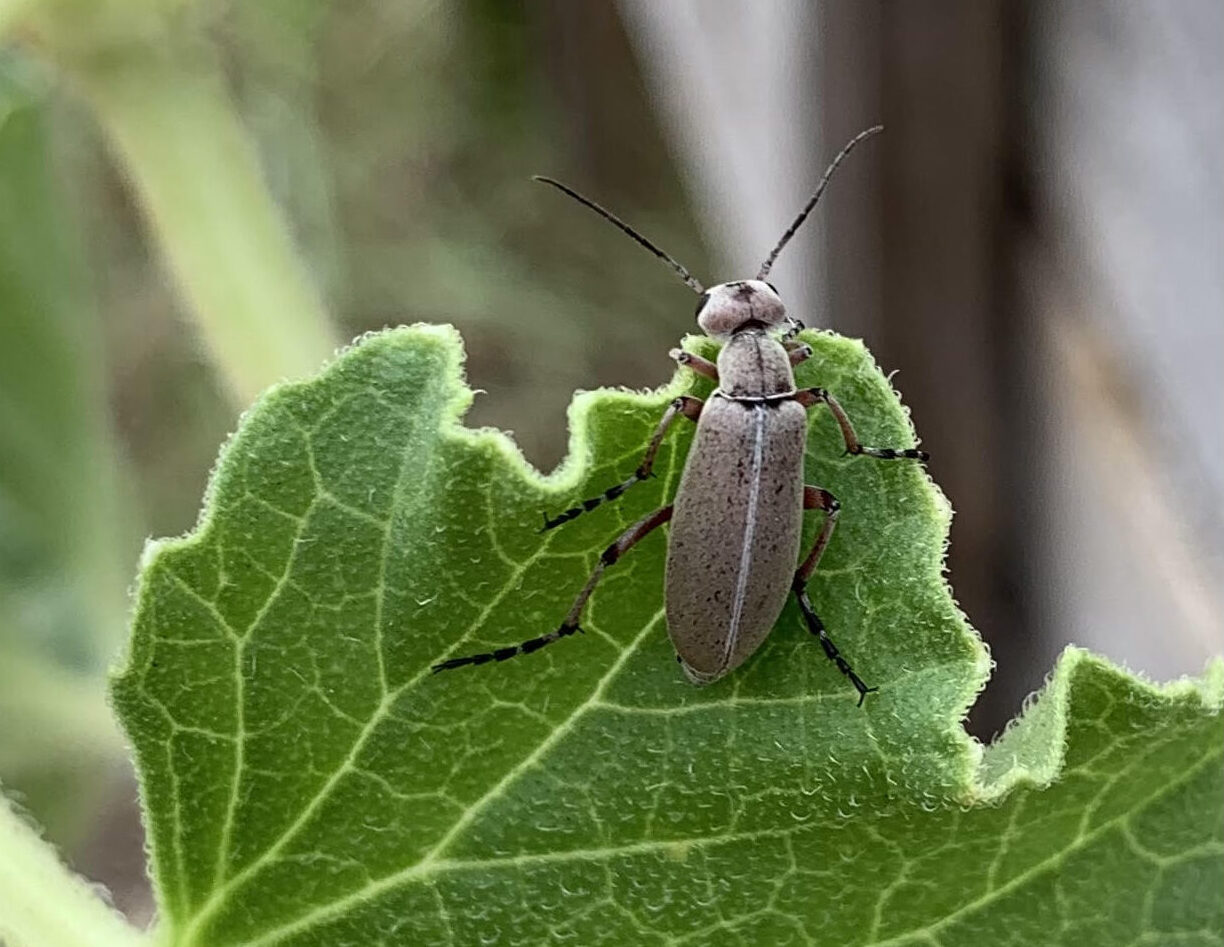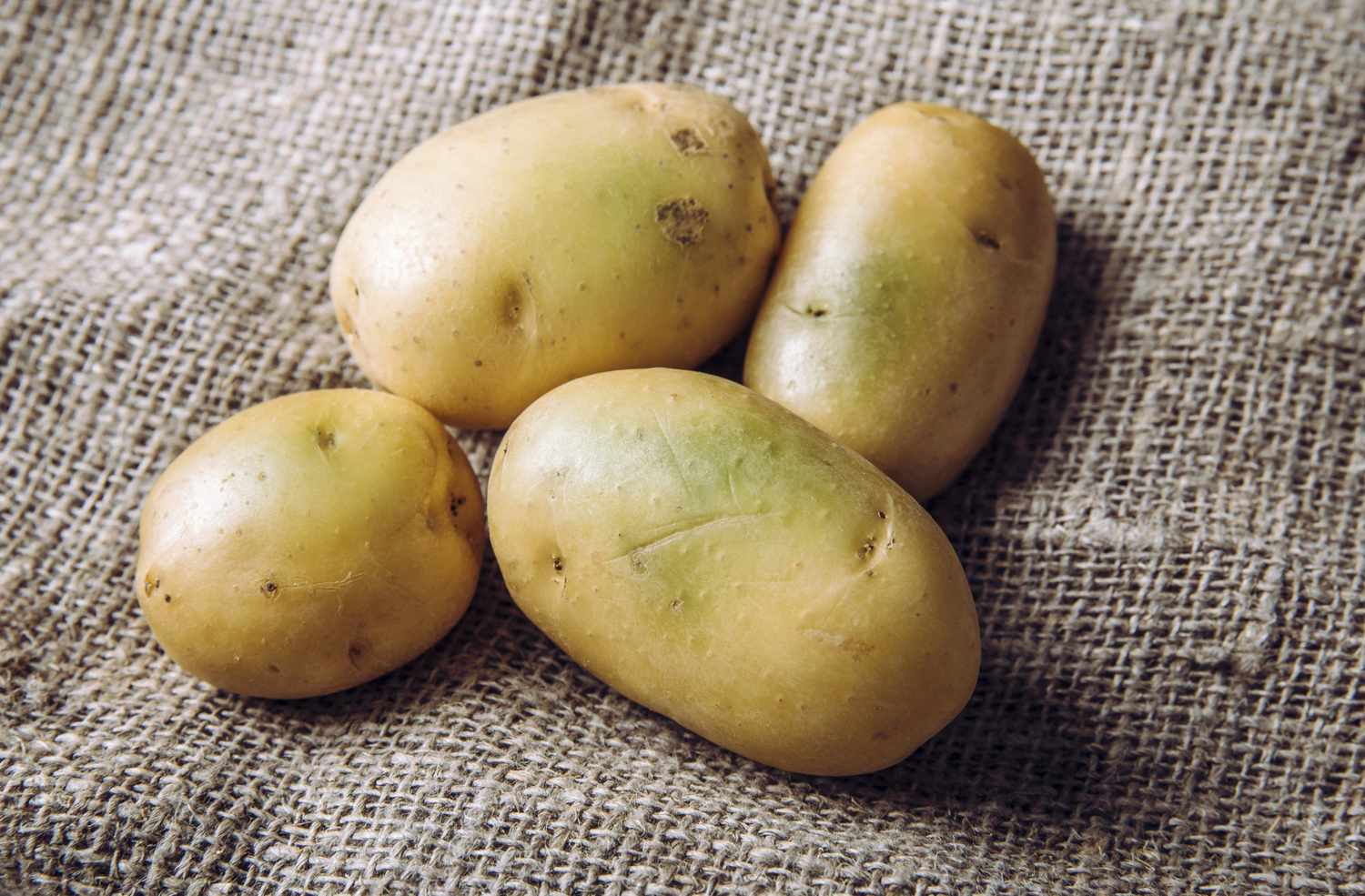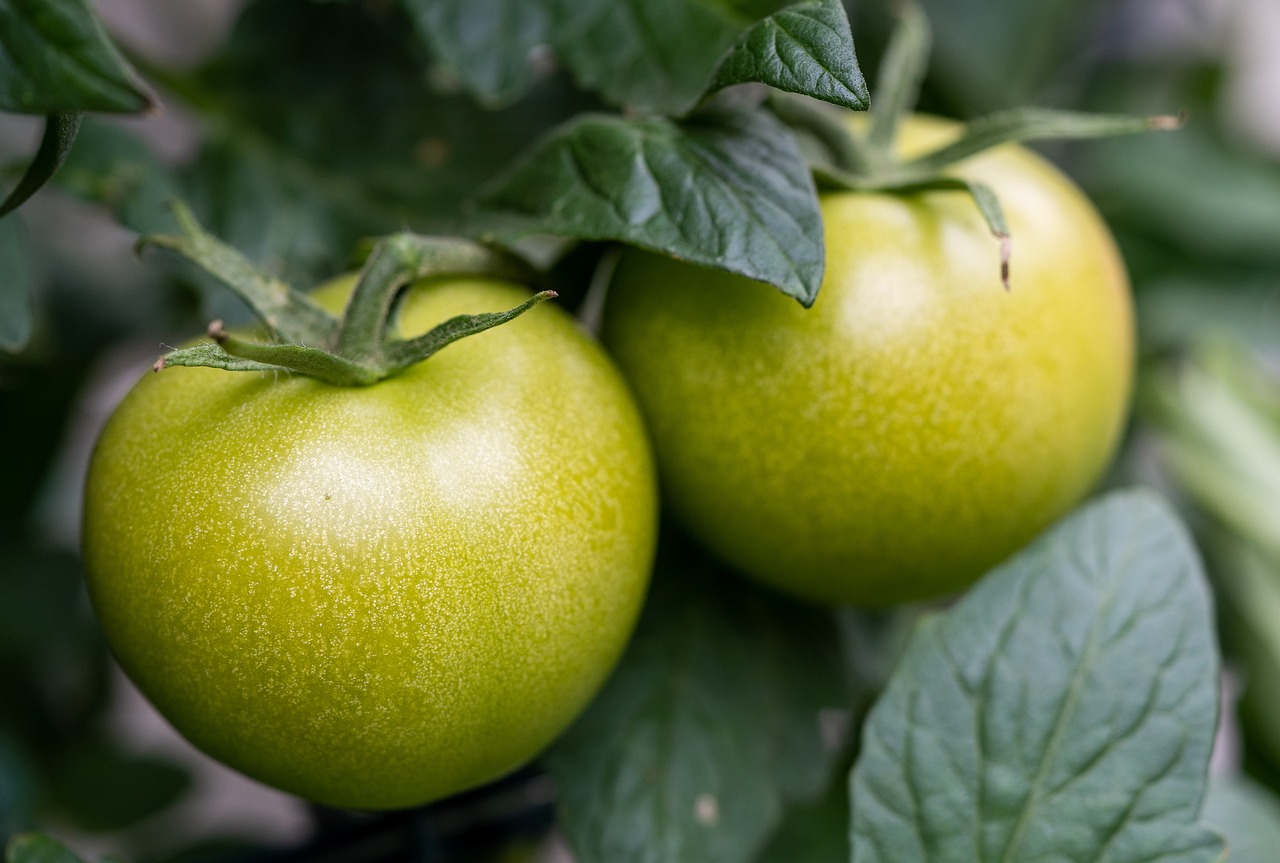Septoria Leaf Spot in Tomatoes and Peppers: How to Identify and Treat
The three most common forms of blight on nightshades, such as tomatoes, peppers, potatoes, and eggplant, are early blight, late blight, and Septoria leaf spot. In this article, you will learn how to identify, treat, and prevent Septoria leaf spot.Septoria leaf spot, also known as Septoria blight, is caused by the…
